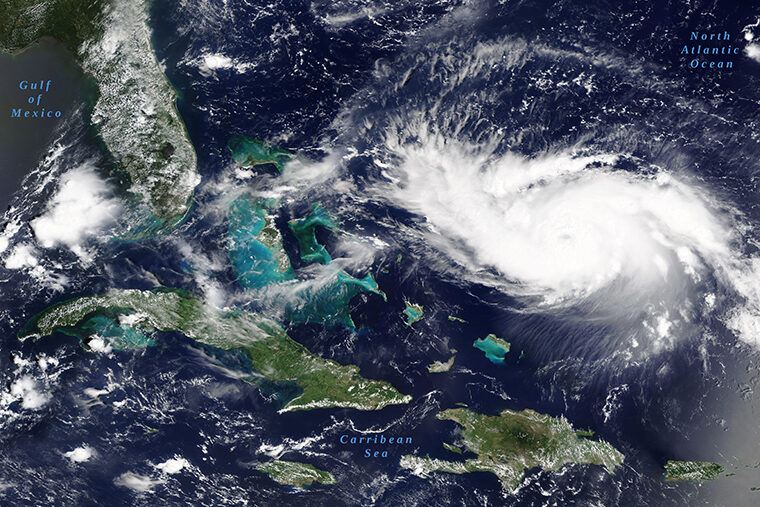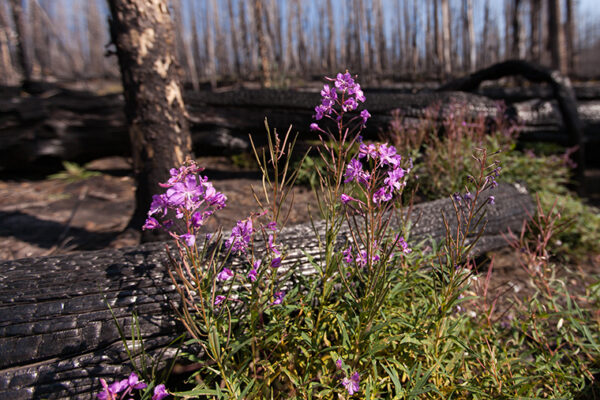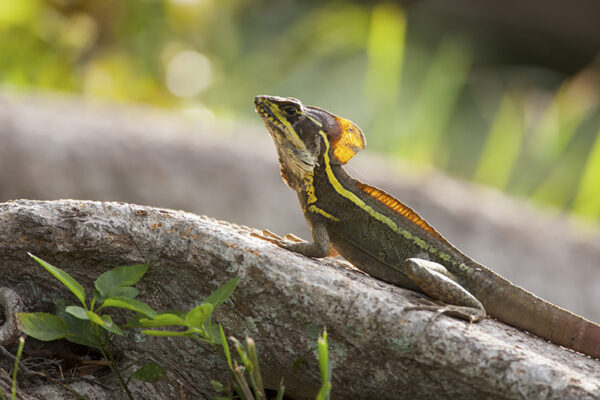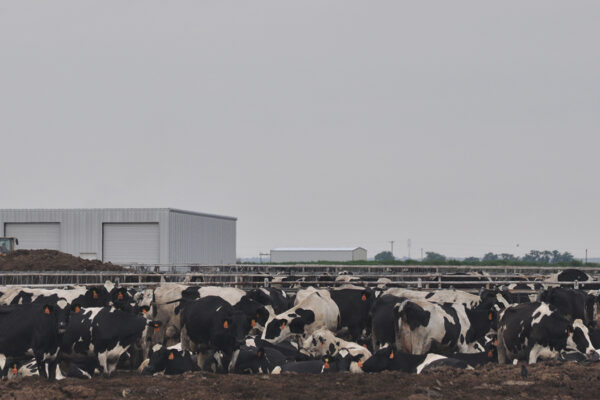Hurricane Dorian is the latest example of a frightening trend. Extreme weather events are becoming more frequent, more severe and more widespread as a consequence of climate change. Research from Washington University in St. Louis provides important insights into how different species may fare under this new normal.

Faced with unprecedented change, animals and plants are scrambling to catch up — with mixed results. A new model developed by Carlos Botero, assistant professor of biology in Arts & Sciences, and Thomas Haaland, formerly a graduate student at the Norwegian University of Science and Technology, helps to predict the types of changes that could drive a given species to extinction.
The study, published Sept. 27 in the journal Ecology and Evolution, challenges the idea that species previously exposed to more variable conditions are more likely to survive extreme events.
“It is difficult to predict how organisms will respond to changes in extreme events because these events tend to be, by definition, quite rare,” Botero said. “But we can have a pretty good idea of how any given species may respond to current changes in this aspect of climate — if we pay attention to its natural history, and have some idea of the climatic regime it has experienced in the past.”
Unexpected vulnerabilities
Researchers in the Botero laboratory use a variety of tools from ecology and evolutionary biology to explore how life — from bacteria to humans — copes with and adapts to repeated environmental change.
For the new study, Botero worked with his former student Haaland, now a postdoctoral fellow at the University of Zurich in Switzerland, to develop an evolutionary model of how populations respond to rare environmental extremes. (Think: 500-year floods.) These rare events can be tricky for evolution because it is difficult to adapt to hazards that are almost never encountered.
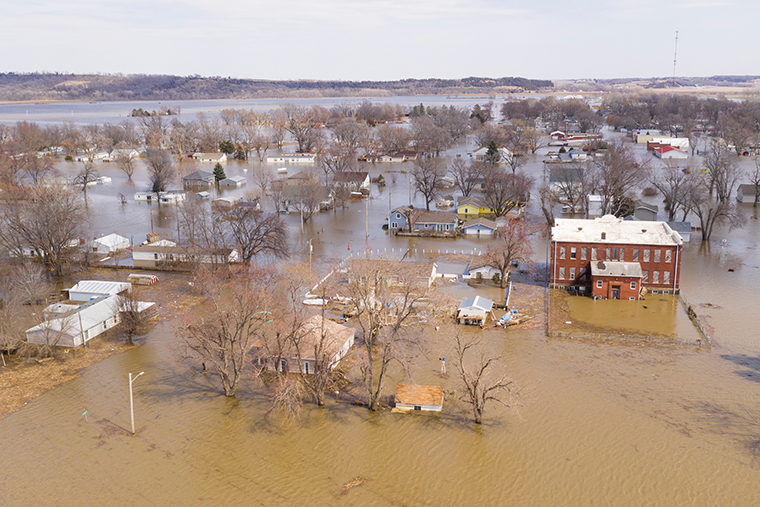
Through computer simulations, Haaland and Botero found that certain traits and experiences emerged as key indicators of vulnerability.
Specifically, they found:
- Species that breed a single time in their lifetime tend to evolve conservative behaviors or morphologies, as if they were expecting to experience an environmental extreme every time.
- In contrast, species in which a single individual can reproduce multiple times and in different contexts (say, a bird that nests several times in a season and in different trees), evolution favors behaving as if environmental extremes simply never happen.
The key insight of this new model is that species belonging to the former, “conservative” category can easily adapt to more frequent or widespread extremes but have trouble adjusting when those extremes become more intense. The opposite is true of species in the latter, “care-free” category.

Haaland and Botero also found that factors speeding up trait evolution are generally likely to hinder — rather than favor — adaptation to rare selection events. Part of the reason: High mutation rates tend to facilitate the process of adaptation to normal conditions during the long intervals in between environmental extremes.
“Our results challenge the idea that species that have been historically exposed to more variable environments are better suited to cope with climate change,” Botero said.
“We see that simple changes in the pattern and intensity of environmental extremes could be lethal even for populations that have experienced similar events in the past. This model simply helps us better understand when and where we may have a problem.”
Applicable to many environmental extremes
The simple framework that Haaland and Botero describe can be applied to any kind of environmental extreme including flooding, wildfires, heatwaves, droughts, cold spells, tornadoes and hurricanes — any and all of which might be considered part of the “new normal” under climate change.

Take extreme heat as an example. The model can be used to predict what will happen to animal or plant species when there are more heat waves, when heatwaves last longer, or when typical heat waves affect larger areas.
“Regions in which heat waves used to be rare and patchy are likely to host primarily species that do not exhibit conspicuous adaptations to extreme heat,” Botero said. “Our model indicates that the biggest threats of extinction in these particular locations will therefore be more frequent or widespread heat waves, and that the species of highest concern in these places will be endemics and species with small geographic distribution.
“Conversely, areas in which heat waves were historically common and widespread can be expected to host species that already exhibit adaptations for extreme heat,” Botero added. “In this case, our model suggests that the typical inhabitants of these places are likely to be more vulnerable to hotter temperatures than to longer or more widespread heat waves.”
Informing conservation actions
The new model gives wildlife managers and conservation organizations insight into the potential vulnerabilities of different species based on relatively simple assessments of their natural histories and historical environments.

For example, a 2018 study by Colin Donihue, visiting postdoctoral fellow at Washington University, found that Anolis lizards in the Caribbean tend to evolve larger toepads and shorter limb lengths in response to hurricanes because these traits help them cling better to branches during strong winds. The new model suggests that while these lizards are unlikely to be affected by more frequent hurricanes, their populations may nevertheless face a significant threat of extinction if future hurricanes become more intense. A possible solution to this problem might be to provide wind refuges across the island to allow parts of the population escape winds of very high intensity, Botero suggested.
“While this simple conservation action is unlikely to completely shift the balance from a ‘conservative’ to a ‘care-free’ evolutionary response to extreme events, it may nevertheless reduce the strongest vulnerability of these ‘conservative’ lizard populations,” Botero said. “It might just buy them enough time to accumulate sufficient evolutionary changes in their toes and limbs to meet the new demands of their altered habitat.”
